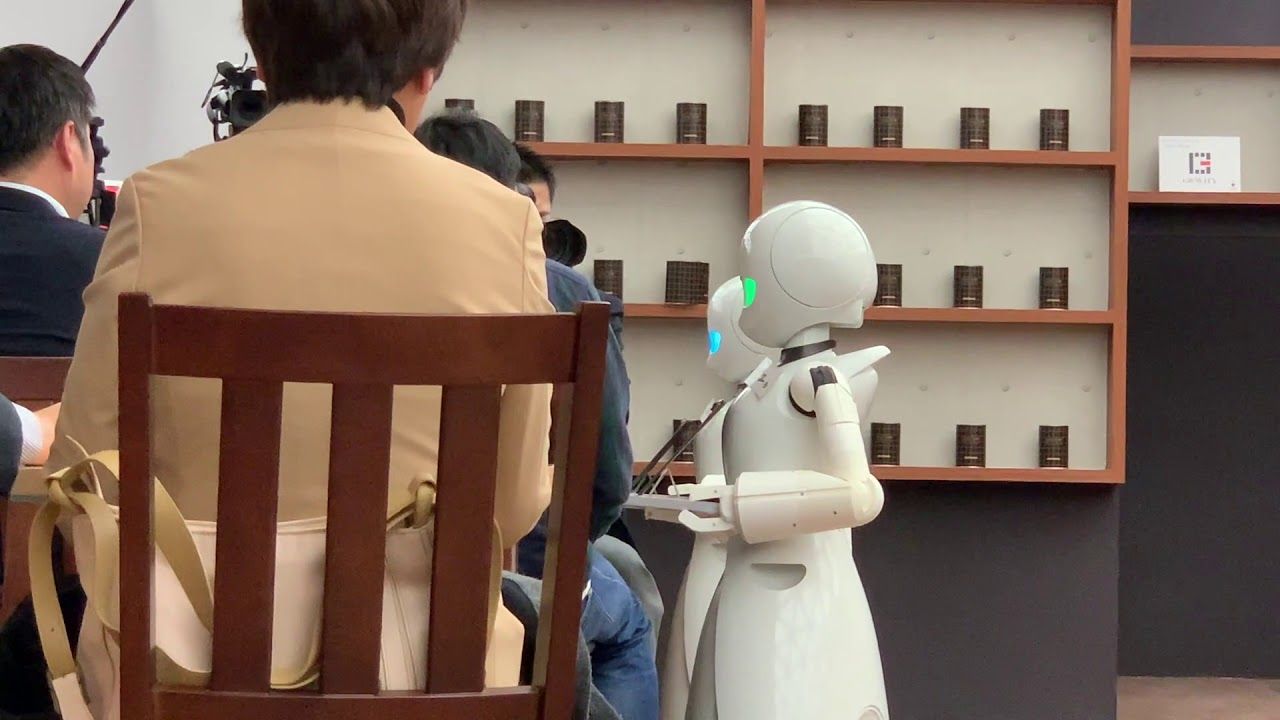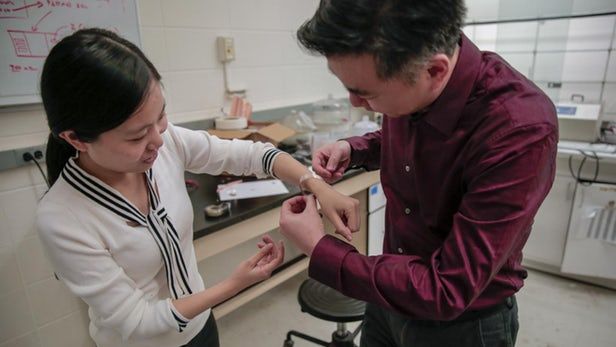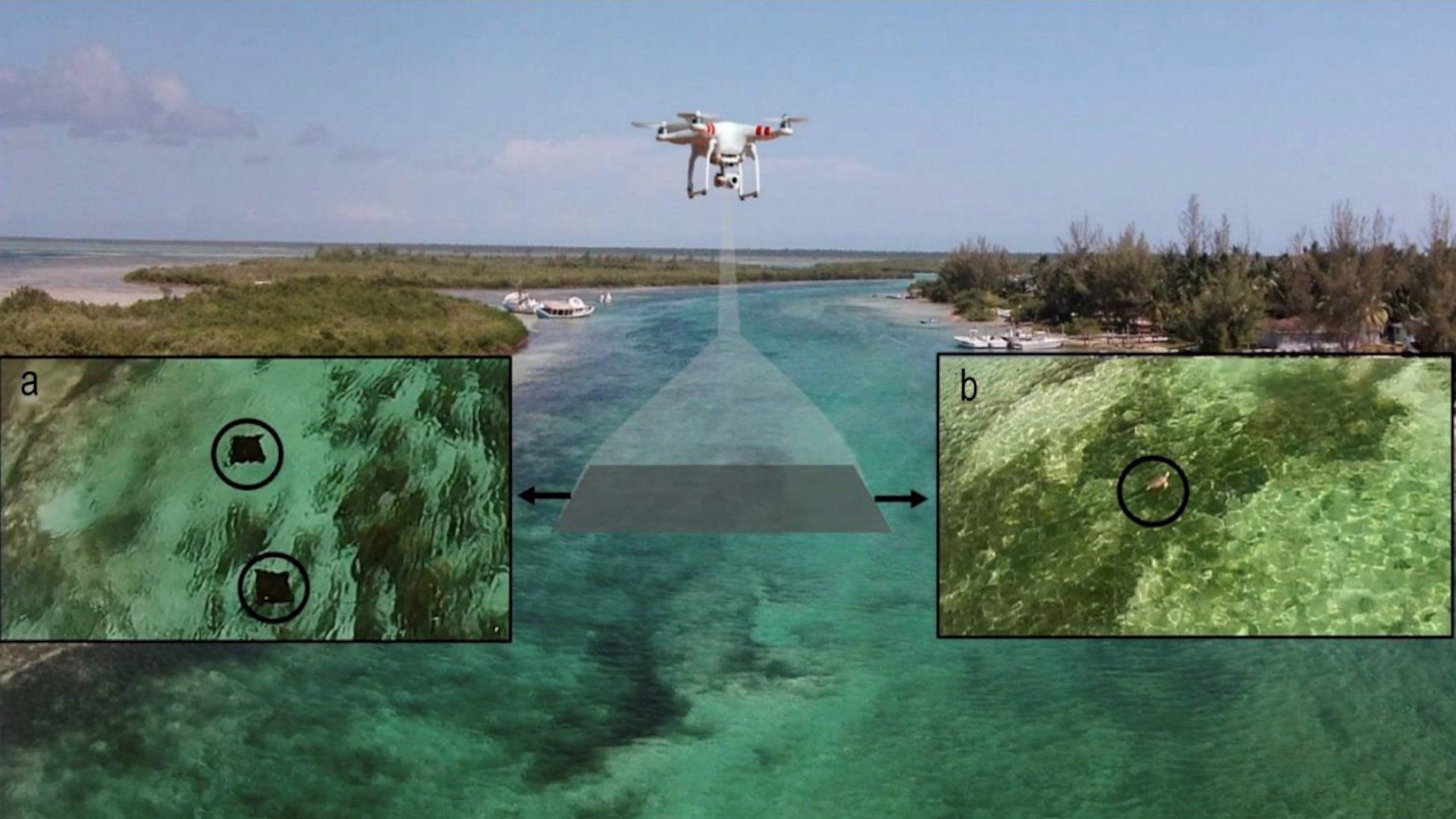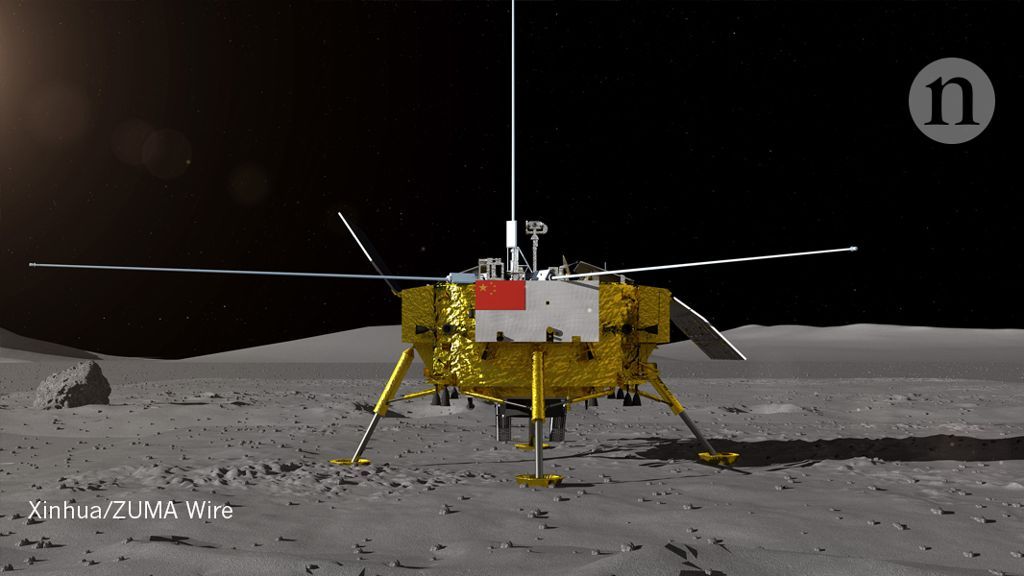Page 9019
Nov 30, 2018
Motion-powered electric bandage speeds healing
Posted by Genevieve Klien in category: biotech/medical
For some time now, scientists have known that electrical currents can help heal chronic wounds. And while there are electrotherapy units that are in use, they can be quite bulky and complex. That’s why researchers have created an “electric bandage” that’s powered by the motion of the body.
Nov 30, 2018
Off-the-Shelf Drones Are Being Used by Bio-Researchers to Accurately Track Aquatic Life
Posted by Genevieve Klien in category: drones
Ph.D. candidate Ernie Hensel claims UAVs can efficiently track, identify, and monitor various species while remaining nonintrusive.
Nov 30, 2018
How an 18th-century priest gave us the tools to make better decisions
Posted by Genevieve Klien in category: futurism
During my first full day here, I broke my first record by generating more electrical power than any previous robot on the surface of Mars. I’m in a sandy area with few rocks, soaking up the Sun. 🌞 More about where I landed: http://go.nasa.gov/2RvGiMl&h=AT18X8EjCOTXbtitHthnNUzrg5IiHWx…p1W1lBoVnw
Nov 30, 2018
Astronomers measure total starlight emitted over 13.7bn years
Posted by Genevieve Klien in category: cosmology
The first stars flickered into being a few hundred million years after the big bang. Since then, galaxies have churned out stars at a stupendous rate, and scientists estimate there were now about a trillion trillion.
In total, the astronomers estimate, stars have radiated 4×1084 photons (a photon being the smallest unit of light). Or put another way: 4,000,000,000,000,000,000,000,000,000,000,000,000,000,000,000,000,000,000,000,000,000,000,000,000,000,000,000,000 photons.
The astronomers based their calculation on measurements of the extragalactic background light (EBL), a cosmic fog of radiation that has been accumulating since stars first illuminated the dark, vast expanse of space.
Continue reading “Astronomers measure total starlight emitted over 13.7bn years” »
Nov 30, 2018
China set to launch first-ever spacecraft to the far side of the Moon
Posted by Genevieve Klien in category: space
Chang’e-4 mission will test plant growth on the Moon, and listen for radio emissions normally blocked by Earth’s atmosphere. Instruments on board the lander will carry out the first radio astronomy observations from the Moon’s far surface.
Nov 30, 2018
This robot cafe in Tokyo is remotely controlled by disabled staff, and it’s incredible
Posted by Genevieve Klien in categories: food, habitats, robotics/AI

https://youtube.com/watch?v=cajsSXMjf_k
Being waited on by robot is something that we all imagine might be possible in the distant future, but one cafe in Tokyo is already offering just that… with a twist. As Fast Company reports, a visit to the “Dawn ver.β” will put you face-to-face with robot waiters that take orders from customers and deliver food to their tables.
It’s all very futuristic, but the twist here is that the robots aren’t powered by AI or some advanced automation system. Instead, they’re controlled remotely by human staff with severe disabilities working right from their own homes. The cafe, which is the result of a partnership between the Nippon Foundation, Ory Lab Inc, and ANA Holdings, is already a big hit, and its creators have big plans for the future.
Nov 30, 2018
Artificial intelligence faithfully recreates paintings with a 3D printer
Posted by Genevieve Klien in categories: 3D printing, media & arts, robotics/AI

Replicas of famous paintings are routinely created with printers that use only four inks – cyan, magenta, yellow, and black. RePaint, a new technique developed at MIT, combines artificial intelligence, 3D printing, and a rich 10-ink palette for much more faithful results in any lighting condition.
Nov 30, 2018
Researchers Turn Lobster Shells Into Biodegradable Plastic
Posted by Genevieve Klien in categories: cyborgs, materials
Plastic is a resilient and versatile material, but it’s not that great for the environment — not plastic that’s made from petroleum, anyway. But scientists are cooking up a better alternative.
Chitin, like plastic, is resilient and versatile. Chitin is found in everything from lobster and shrimp shells, insect exoskeletons, and squid beaks. Thanks to a team of Canadian researchers it may soon be found in plastic, too.
Scientists at McGill University in Montreal have developed a process that allows them to process chitinous things into eco-friendly plastic. Associate Professor of Applied Chemistry Audrey Moores told the CBC “it remains biodegradeable, so if it goes in the environment it’s not going to pollute.”
Continue reading “Researchers Turn Lobster Shells Into Biodegradable Plastic” »
















